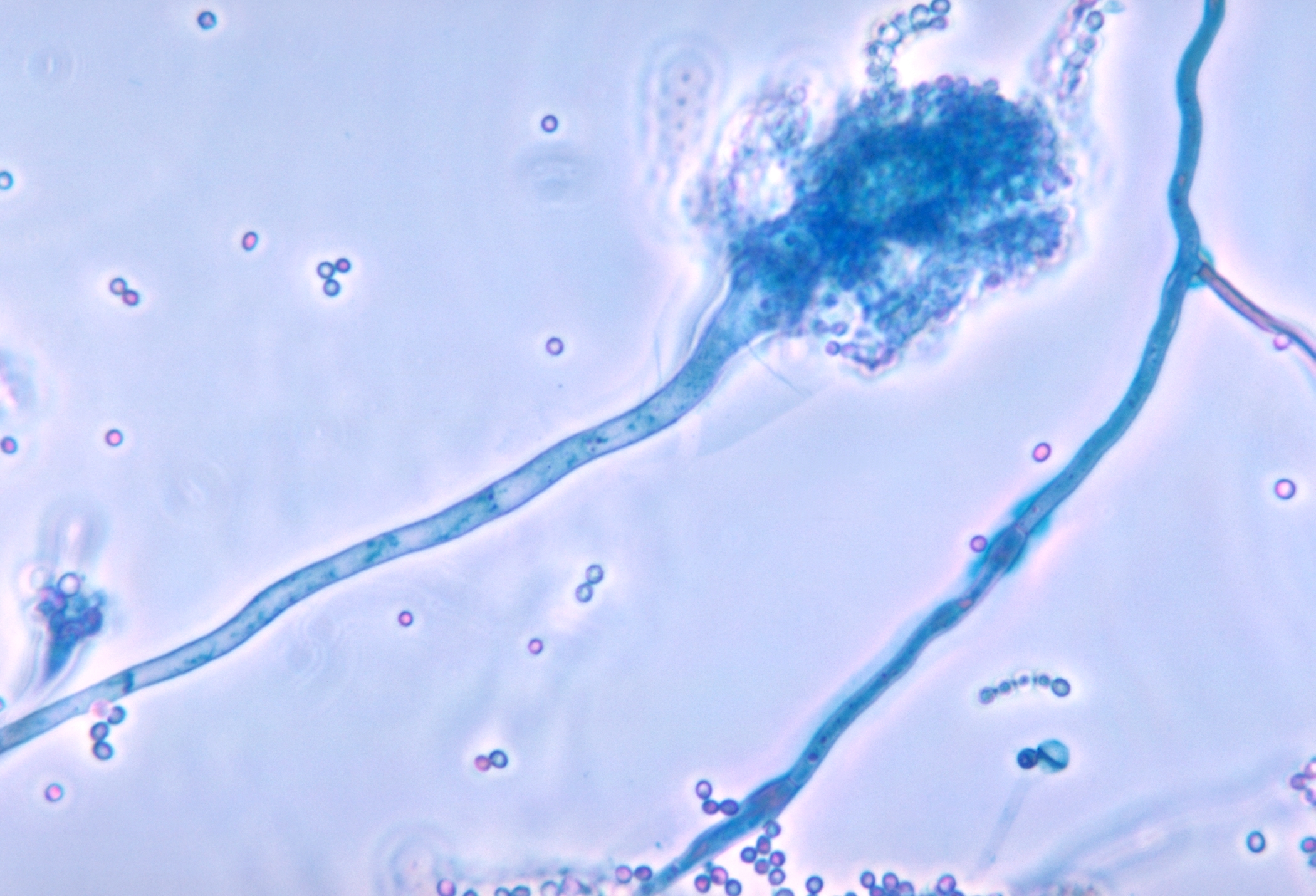|
Phagocyte Bactericidal Dysfunction
Phagocyte bactericidal dysfunction refers to a class of medical conditions where phagocytes have a diminished ability to fight bacterial infection. Examples include: * Hyperimmunoglobulin E syndrome * Chédiak–Higashi syndrome * Chronic granulomatous disease Chronic granulomatous disease (CGD), also known as Bridges–Good syndrome, chronic granulomatous disorder, and Quie syndrome, is a diverse group of hereditary diseases in which certain cells of the immune system have difficulty forming the react ... References External links Congenital defects of phagocyte number, function, or both {{circulatory-disease-stub ... [...More Info...] [...Related Items...] OR: [Wikipedia] [Google] [Baidu] |
Phagocyte
Phagocytes are cells that protect the body by ingesting harmful foreign particles, bacteria, and dead or dying cells. Their name comes from the Greek ', "to eat" or "devour", and "-cyte", the suffix in biology denoting "cell", from the Greek ''kutos,'' "hollow vessel". They are essential for fighting infections and for subsequent immunity. Phagocytes are important throughout the animal kingdom and are highly developed within vertebrates. One litre of human blood contains about six billion phagocytes. They were discovered in 1882 by Ilya Ilyich Mechnikov while he was studying starfish larvae.Ilya Mechnikov retrieved on November 28, 2008. Fro ''Physiology or Medicine 1901–192 ... [...More Info...] [...Related Items...] OR: [Wikipedia] [Google] [Baidu] |
Bacteria
Bacteria (; : bacterium) are ubiquitous, mostly free-living organisms often consisting of one Cell (biology), biological cell. They constitute a large domain (biology), domain of Prokaryote, prokaryotic microorganisms. Typically a few micrometres in length, bacteria were among the first life forms to appear on Earth, and are present in most of its habitats. Bacteria inhabit the air, soil, water, Hot spring, acidic hot springs, radioactive waste, and the deep biosphere of Earth's crust. Bacteria play a vital role in many stages of the nutrient cycle by recycling nutrients and the nitrogen fixation, fixation of nitrogen from the Earth's atmosphere, atmosphere. The nutrient cycle includes the decomposition of cadaver, dead bodies; bacteria are responsible for the putrefaction stage in this process. In the biological communities surrounding hydrothermal vents and cold seeps, extremophile bacteria provide the nutrients needed to sustain life by converting dissolved compounds, suc ... [...More Info...] [...Related Items...] OR: [Wikipedia] [Google] [Baidu] |
Hyperimmunoglobulin E Syndrome
Hyperimmunoglobulinemia E syndrome (HIES), of which the autosomal dominant form is called Job's syndrome or Buckley syndrome, is a heterogeneous group of immune disorders. Job's is also very rare at about 300 cases currently in the literature. Presentation It is characterized by recurrent "cold" staphylococcal infections (due to impaired recruitment of neutrophils), unusual eczema-like skin rashes, severe lung infections that result in pneumatoceles (balloon-like lesions that may be filled with air or pus or scar tissue) and very high (> 2000 IU/mL or 4800 mcg/L) concentrations of the serum antibody IgE. Inheritance can be autosomal dominant or autosomal recessive. Many patients with autosomal dominant STAT3 hyper-IgE syndrome have characteristic facial and dental abnormalities, fail to lose their primary teeth, and have two sets of teeth simultaneously. Pathophysiology Abnormal neutrophil chemotaxis due to decreased production of interferon gamma by T lymphocytes is thought to ... [...More Info...] [...Related Items...] OR: [Wikipedia] [Google] [Baidu] |
Chédiak–Higashi Syndrome
Chédiak–Higashi syndrome (CHS) is a rare autosomal recessive disorder that arises from a mutation of a lysosomal trafficking regulator protein, which leads to a decrease in phagocytosis. The decrease in phagocytosis results in recurrent pyogenic infections, albinism, and peripheral neuropathy. In Chédiak–Higashi syndrome, the lysosomal trafficking regulator (LYST) gene is mutated, leading to disruption of protein synthesis as well as the storage and secretory function of lysosomal granules in white blood cells. This results in defective white blood cell function with enlarged vesicles. This syndrome also leads to neutropenia and phagocyte bactericidal dysfunction due to impaired chemotaxis. Deficiency in serotonin and adenosine-phosphate-containing granules in platelets causes impaired platelet aggregation, leading to prolonged bleeding time. Thus, patients are susceptible to infections and often present with oculo-cutaneous albinism and coagulation defects. Patients often p ... [...More Info...] [...Related Items...] OR: [Wikipedia] [Google] [Baidu] |
Chronic Granulomatous Disease
Chronic granulomatous disease (CGD), also known as Bridges–Good syndrome, chronic granulomatous disorder, and Quie syndrome, is a diverse group of hereditary diseases in which certain cells of the immune system have difficulty forming the reactive oxygen compounds (most importantly the superoxide radical due to defective phagocyte NADPH oxidase) used to kill certain ingested pathogens. This leads to the formation of granulomas in many organs. CGD affects about 1 in 200,000 people in the United States, with about 20 new cases diagnosed each year. This condition was first discovered in 1950 in a series of four boys from Minnesota, and in 1957 it was named "a fatal granulomatosus of childhood" in a publication describing their disease. The underlying cellular mechanism that causes chronic granulomatous disease was discovered in 1967, and research since that time has further elucidated the molecular mechanisms underlying the disease. Bernard Babior made key contributions in linking ... [...More Info...] [...Related Items...] OR: [Wikipedia] [Google] [Baidu] |


